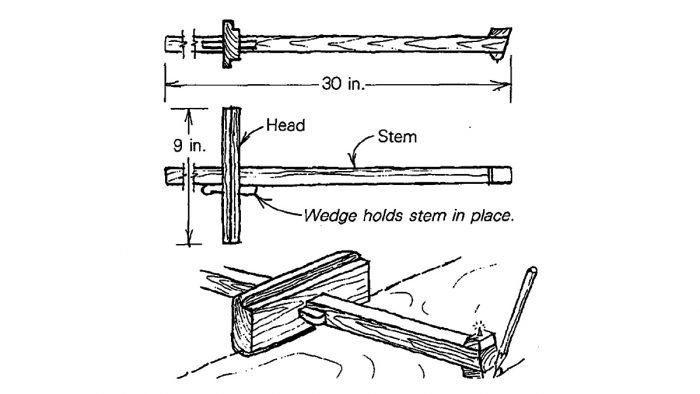
To mark lines parallel to the edge of a piece of plywood or other sheet material, I find a panel gauge is more accurate than measuring two positions and using a straightedge to draw a line through the marks. Many gauges are intended to scratch a line, but in some cases a pencil line is better. This gauge allows for both. The scale of this tool gives it a steady action and a reach of more than 24 in. — half a 4-ft. sheet.
The head of the gauge is a block of hardwood, rabbeted on each edge, with a hole cut squarely to take the stem. The stem can be held by a wedge driven into a slot in the head, as shown in the drawing. The stem should be made of a straight-grained hardwood, hardwood, built up at the working end to match the rabbets in the head. Bevel this end for ease in scribing with a pencil. On the other side, the scratch point can be made by driving in a nail, cutting it off within 1/4 in. or less of the wood and then sharpening it to a point.
—Percy W. Blandford, Stratford-upon-Avon, None
Edited and Illustrated by Charles Miller
From Fine Homebuilding #24
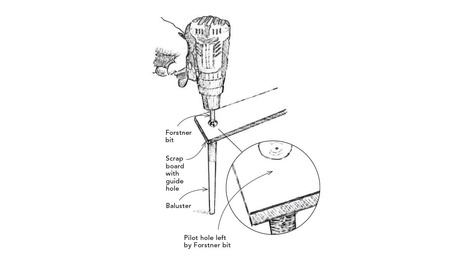
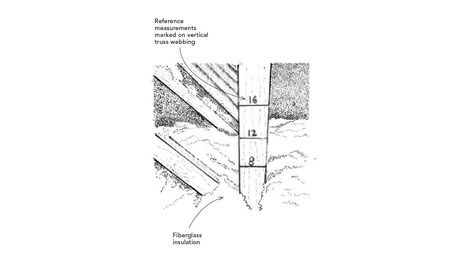
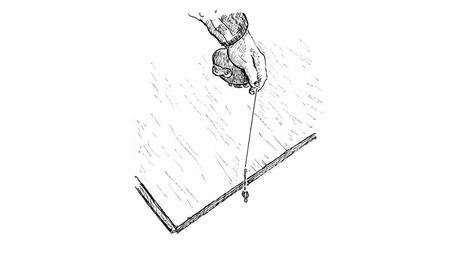
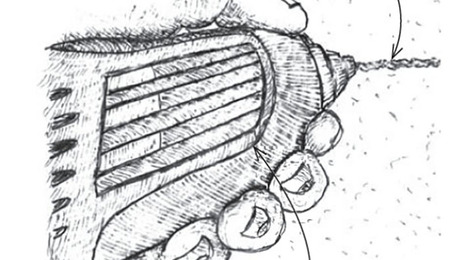



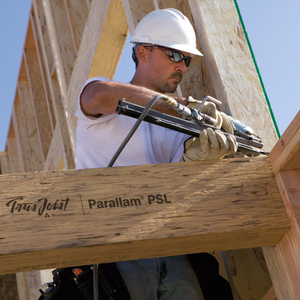
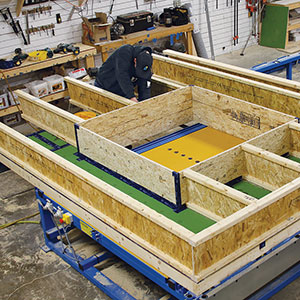
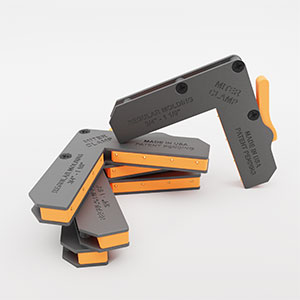



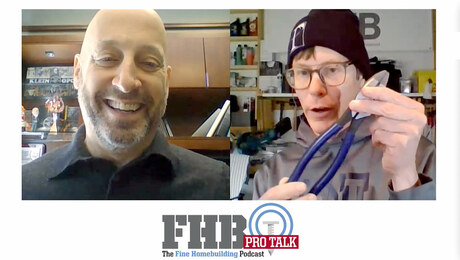
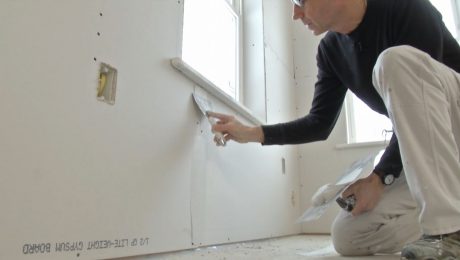
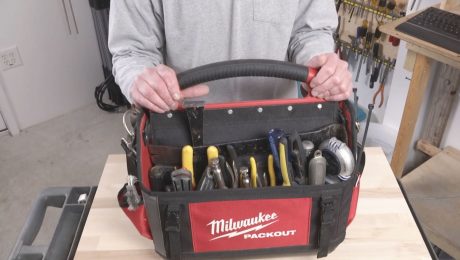
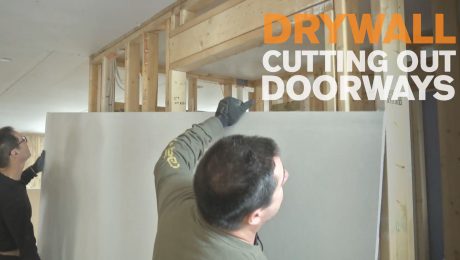
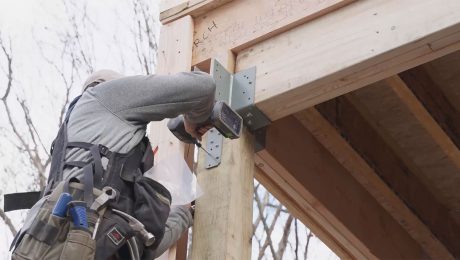

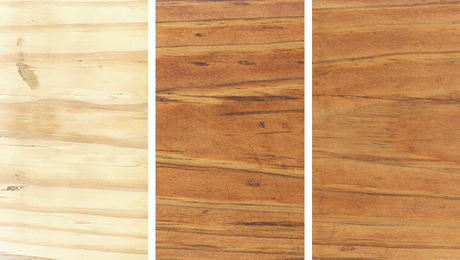
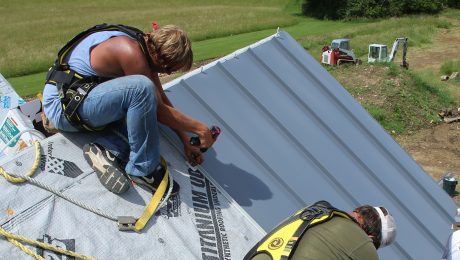









View Comments
Stratford-upon-Avon is a beautiful village, home of the Globe theater where Shakespeare's plays of history and fiction are performed. In that tradition this tip of the day was penned, a nice piece of fantasy that lives on in the imagination of Percy. I'm sort of surprised that his impractical rabbet wasn't spelled like the the kind that has long floppy ears and a fluffy tail.
Impractical? This design was used for centuries during which time some of the most significant and well-made furniture was made. It has the benefit that you can adjust the gauge directly from/to the work piece - eliminating possible mis-remembered measurement errors. Aside: Storrs, CT, home of the UConn Huskies, is also a beautiful village - or was when I went there ~50 years ago . . .